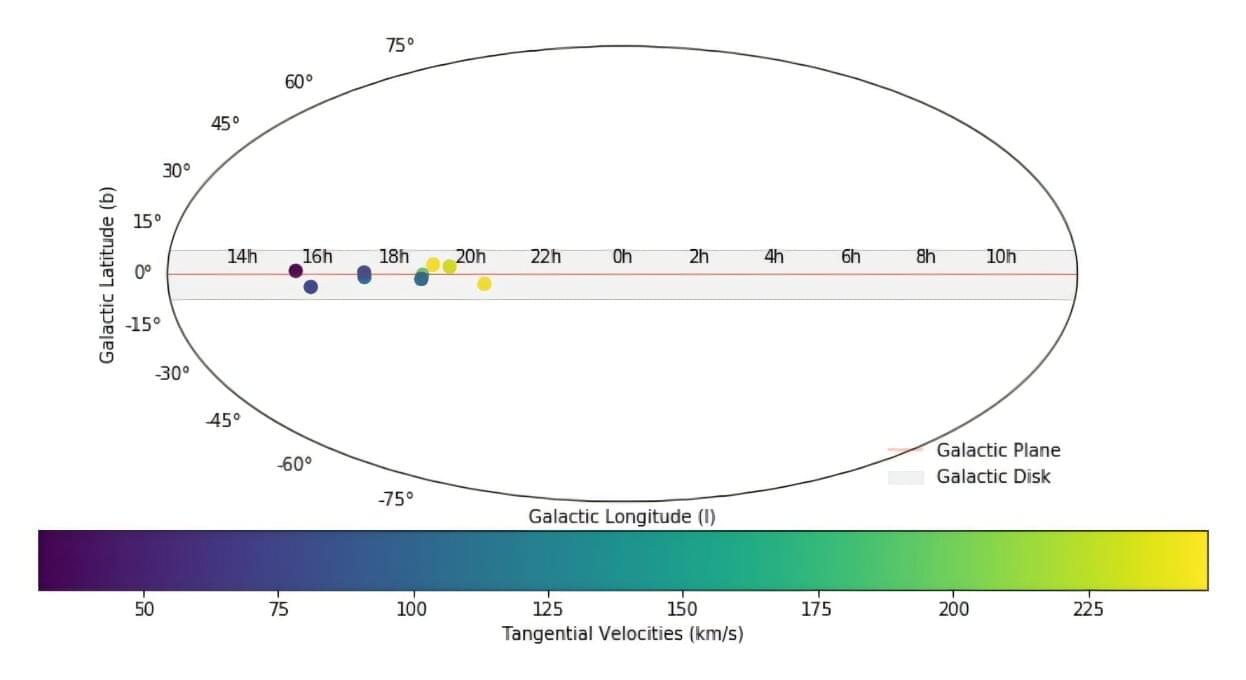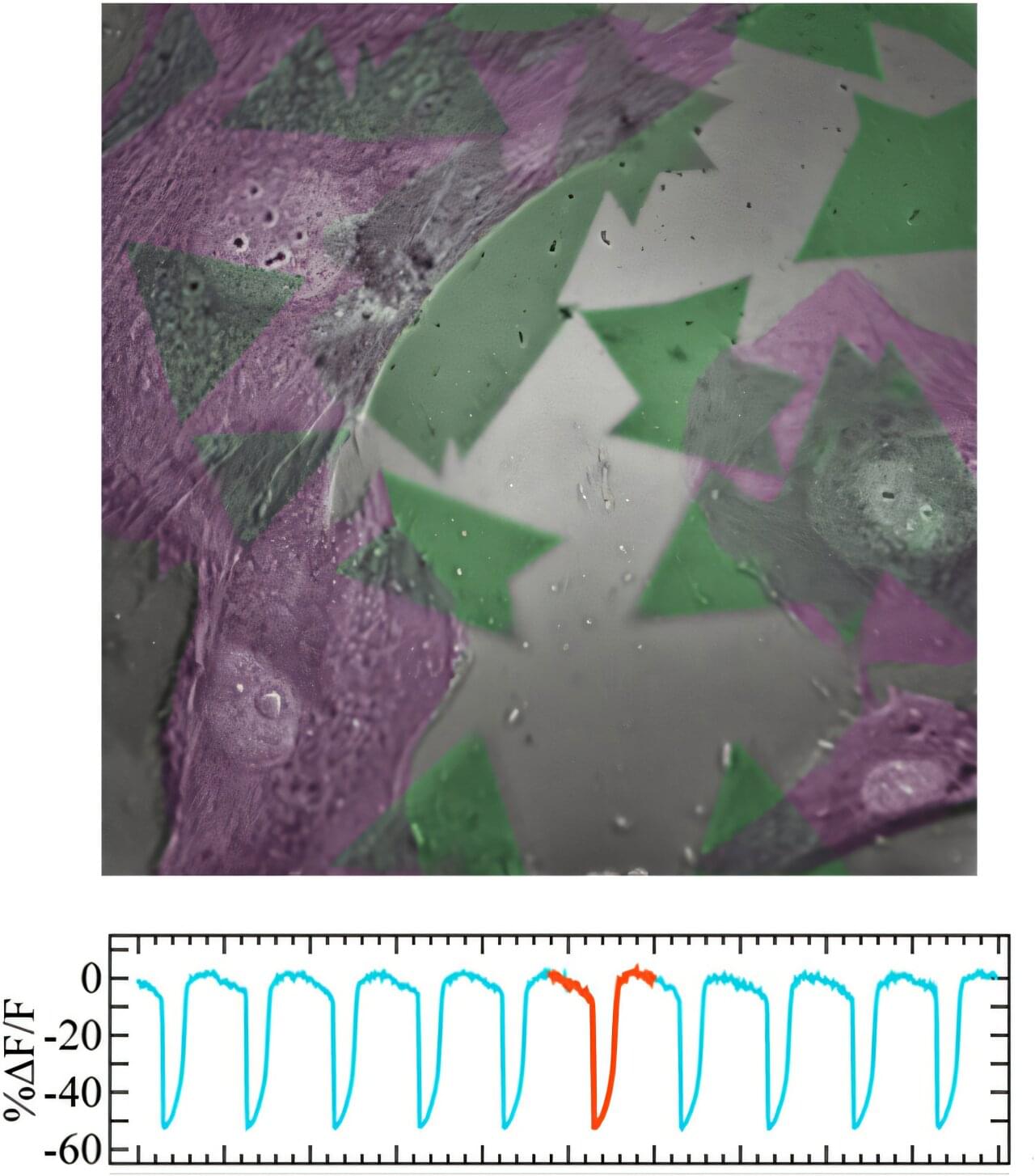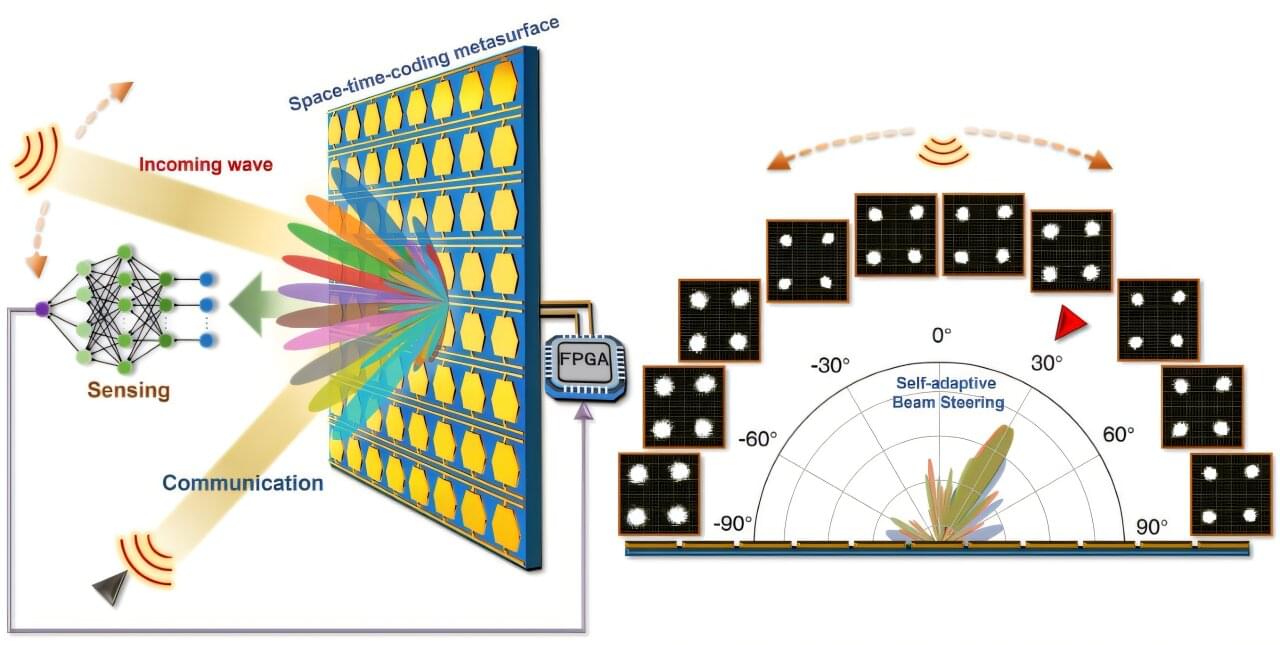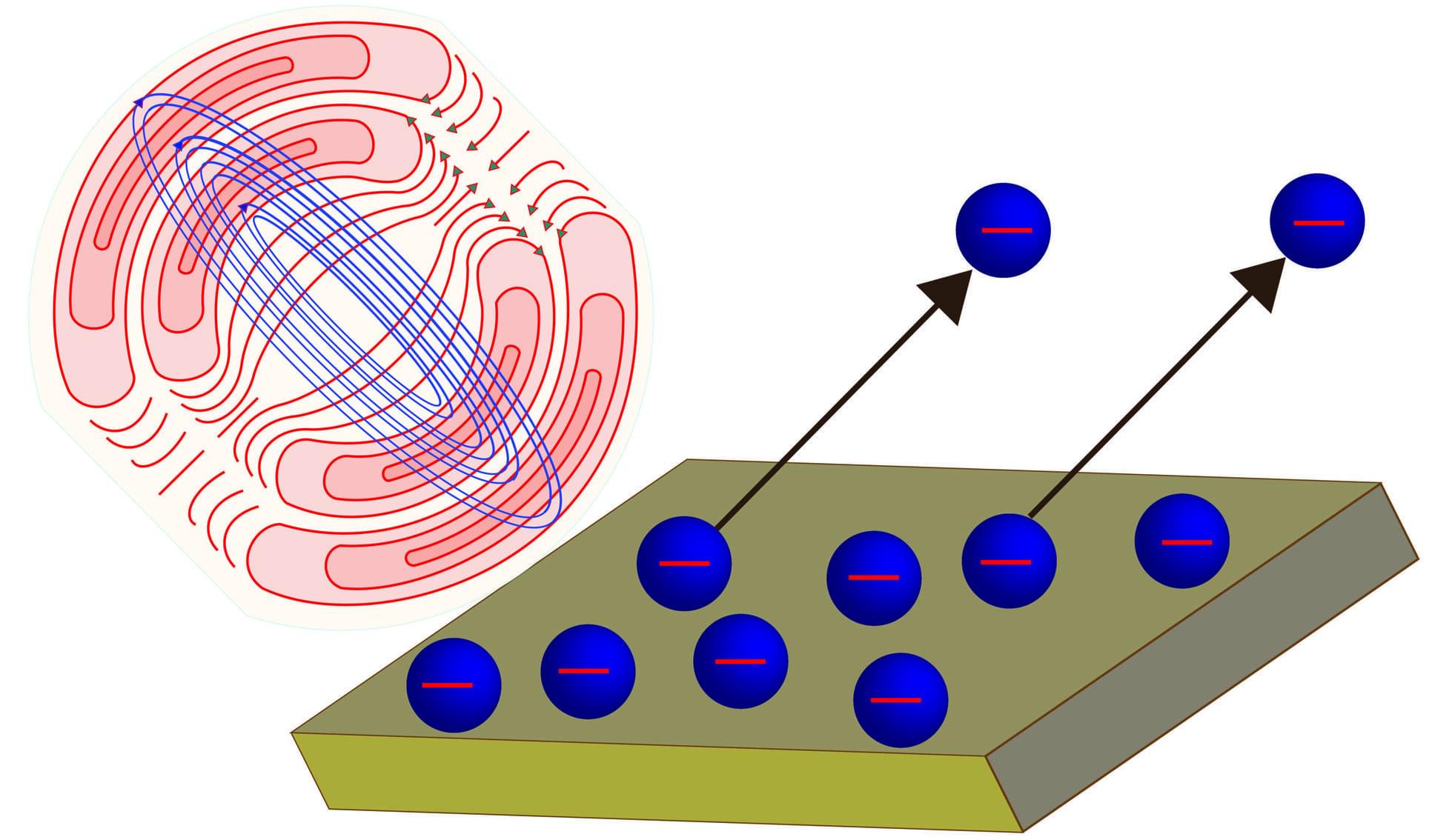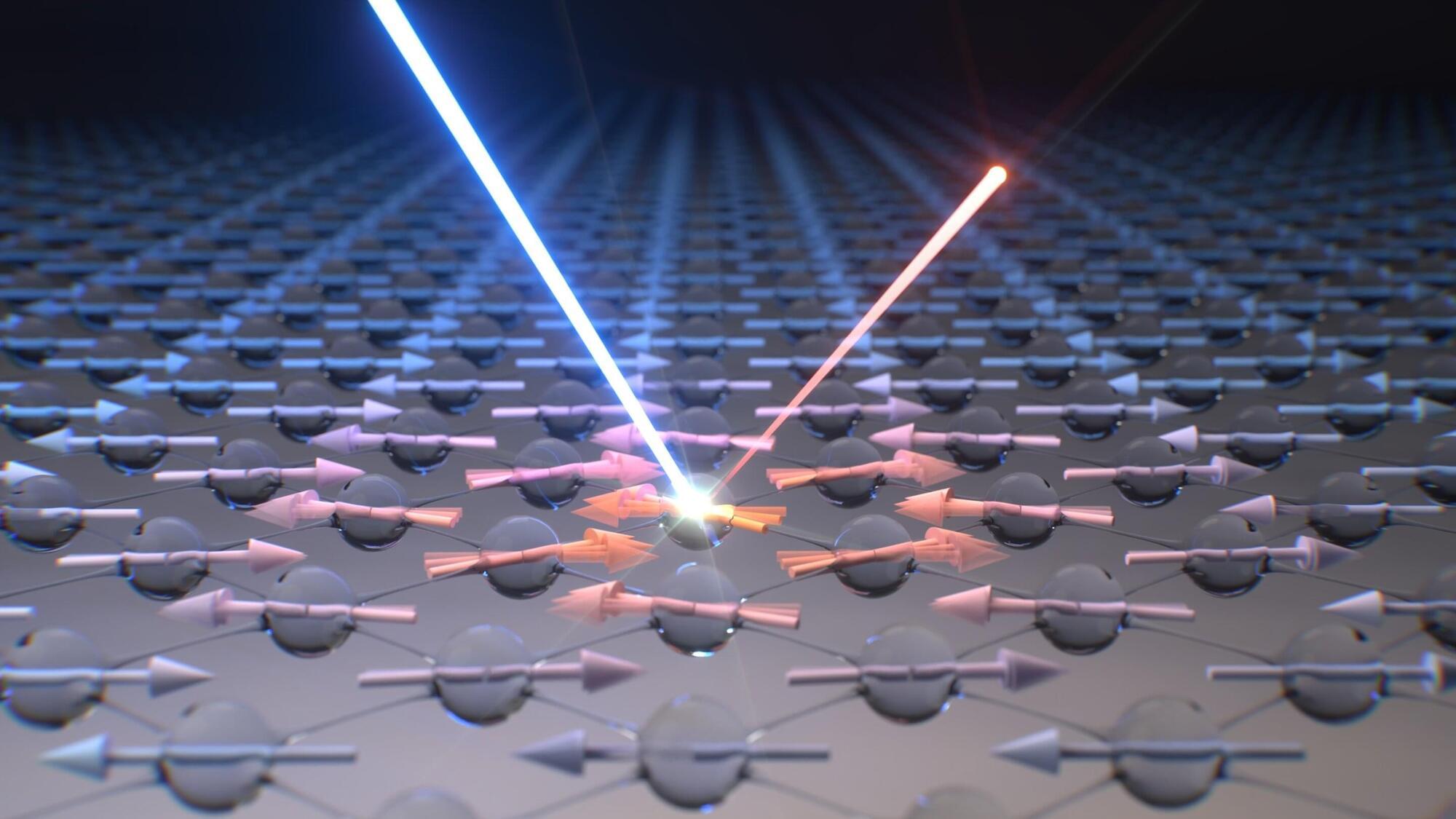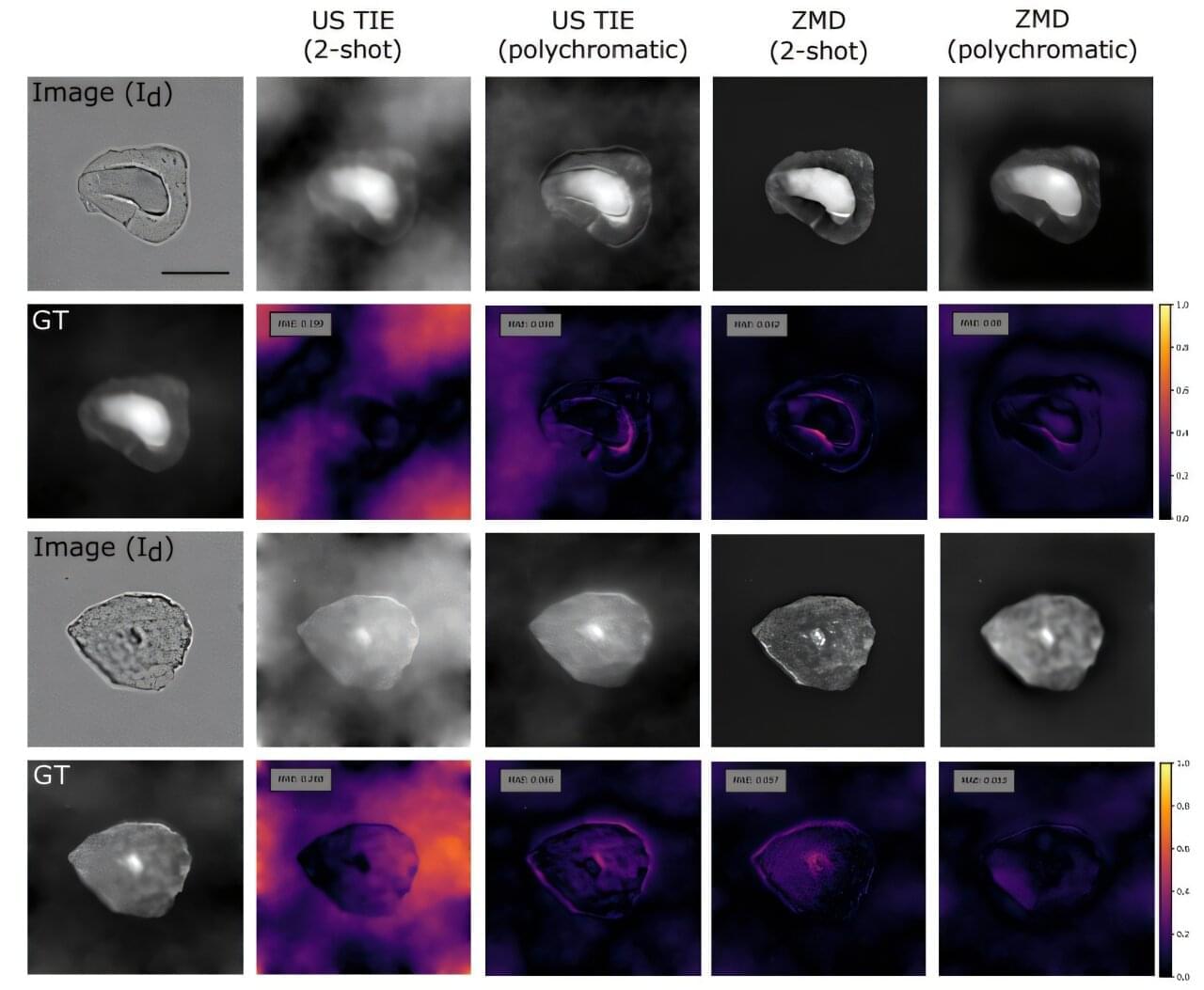Astronomers have performed a multiwavelength study of nine open cluster candidates. As a result, they found that all of them are genuine open clusters and characterized by their fundamental properties. The finding was reported in a research paper published Feb. 21 on the arXiv pre-print server.
Open clusters (OCs), formed from the same giant molecular cloud, are groups of stars loosely gravitationally bound to each other. So far, more than 1,000 of them have been discovered in the Milky Way, and scientists are still looking for more, hoping to find a variety of these stellar groupings.
Expanding the list of known galactic open clusters and studying them in detail could be crucial for improving our understanding of the formation and evolution of our galaxy.
